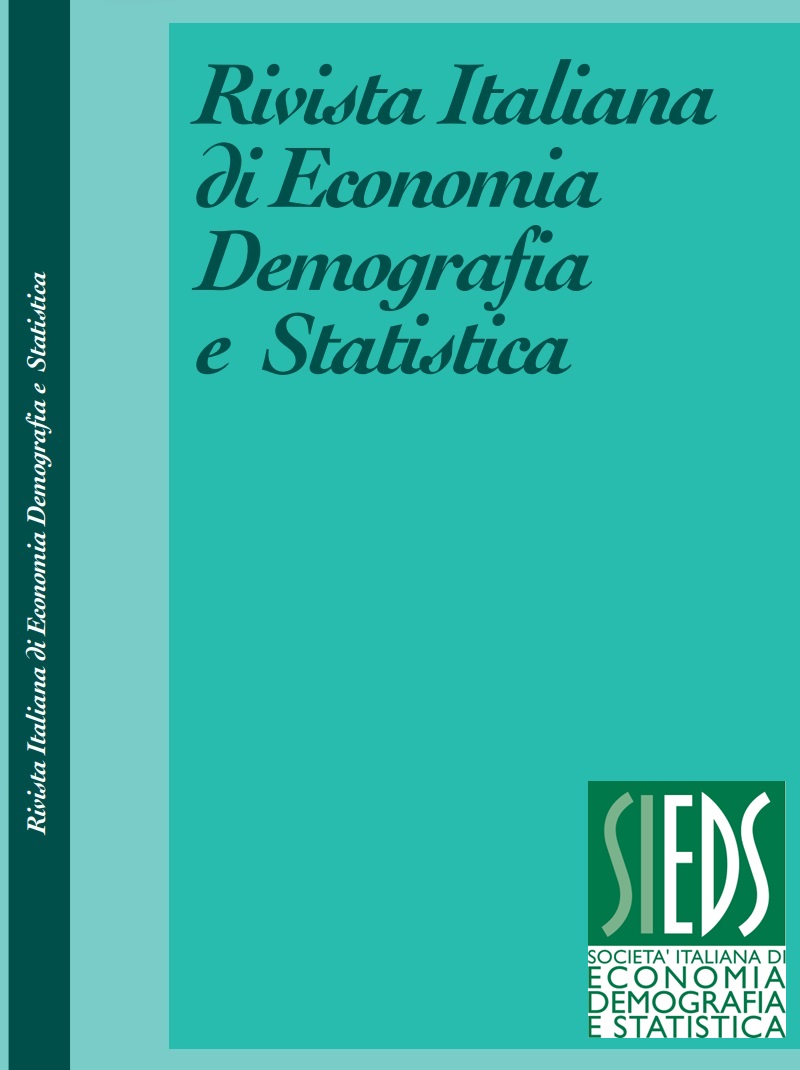The 7th general census of agriculture: tradition and innovation in data collection
Abstract
The economic censuses give a complete picture of the size and characteristics of the national economic system. In particular, the General Census of Agriculture provides a detailed reading of agricultural and livestock farms at national, regional and local level. The 2020 edition was the last decennial data collection involving all Italian farms (about 1,700,000), as the traditional methodology. Therefore, although traditional, it leaded innovation and has been characterized by several novelties, some of which were implemented during the sudden and unexpected outbreak of the Covid-19 pandemic. In fact, despite the obvious criticalities, it has been possible to adapt the activities planned with the ongoing pandemic, creating new opportunities to modernize and optimize the data collection process and the working methods. The questionnaire was available exclusively in digital format: it was possible to choose among three different interview techniques (CAWI - Computer- Assisted Web Interviewing, CATI - Computer-Assisted Telephone Interviewing and CAPI - ComputerAssisted Personal Interviewing). The Centres for Agricultural Assistance (CAA), the Regions, the Autonomous Provinces and the Agency for Agricultural Disbursements (AGEA) had the opportunity to be involved in the survey network with the ISTAT. They collaborated according to different levels of participation. Another novelty of the Census was the organization of distance learning for all the people involved in the survey. The information collected referred to the 2019-2020 agricultural year, i.e. the period from 1st November 2019 to 31st October 2020. The multichannel data collection technique and the many actors involved had been very important for the success of the survey. They allowed to produce detailed statistical information on numerous agricultural, rural development and environmental sustainability phenomena, that will have an important impact on the planning and evaluation of European, national, regional and local agricultural policies. In this research the trend of data collection and its working methods will be analyzed at regional and provincial level, throughout the period of the survey.
Downloads
Published
Versions
- 2024-09-11 (2)
- 2022-10-01 (1)
Issue
Section
License
Copyright (c) 2022 Lucia Mongelli, Rosalia Coniglio, Sabrina Angiona, Barbara Boninfante, Lorella Sicuro, Domenico Tucci, Roberto Antonello Palumbo

This work is licensed under a Creative Commons Attribution 4.0 International License.



